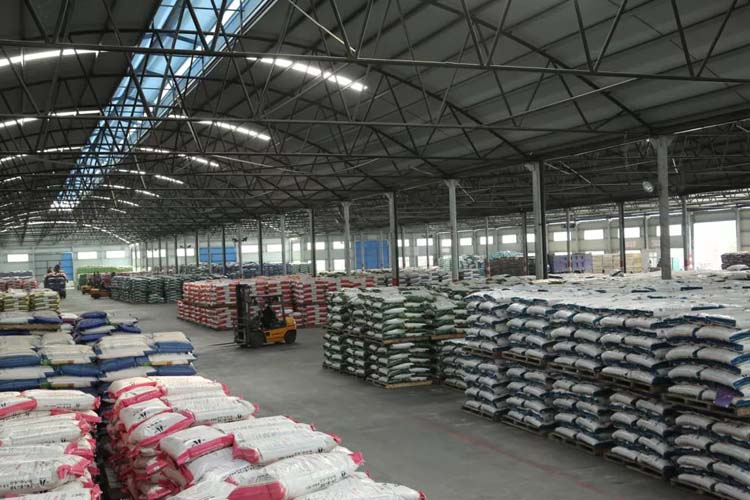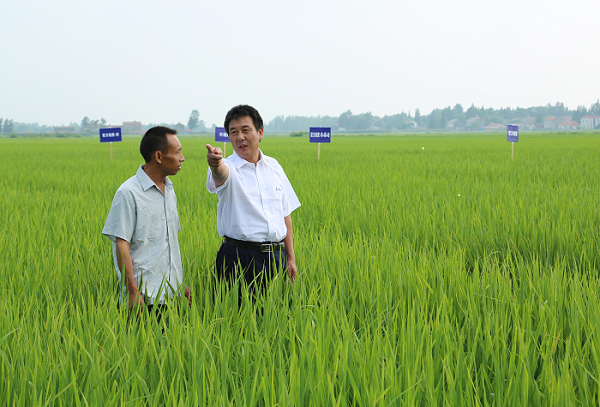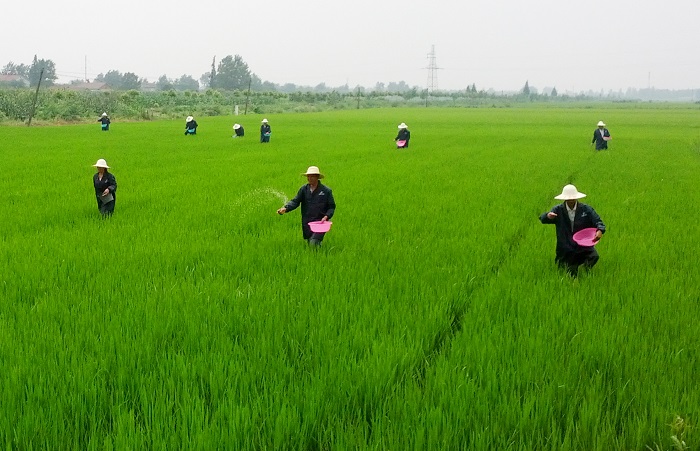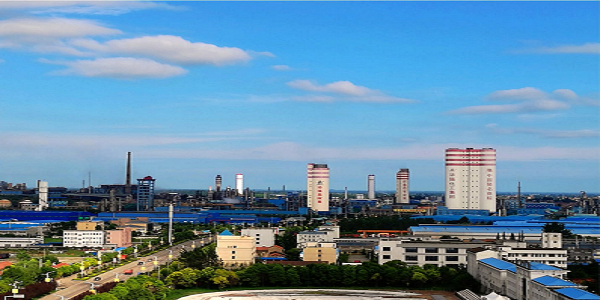fertilizer price
VIEWS: times Release Date:2022-01-06
Fertilizer is a global commodity and may be affected by a variety of market factors beyond the manufacturer's control. Similar to global traded goods, 44% of fertilizer raw materials are exported to different countries. This factor has a great impact on the price of fertilizers, because the production of fertilizers is not only affected by the production area or the country's production costs, but also by many other countries that require fertilizer products and transportation fees.

Factors driving higher and higher prices of fertilizers:
Global fertilizer demand increases
Two-thirds of the world's fertilizer demand is mainly driven by six crops. Globally, corn accounts for approximately 16% of agricultural fertilizer demand, followed by wheat, which accounts for approximately 15% of global agricultural fertilizer demand. Rice accounts for about 14% of global agricultural fertilizer demand, followed by vegetables at 9%, fruits at 7%, and soybeans at 5%.

Multiple supply factors
Rising energy and other variable costs
In order to manufacture fertilizers and globally priced raw materials, production facilities require large amounts of energy to convert chemical raw materials into suitable agricultural conditions.
Turning prospects for fertilizer demand affect production
Further affecting fertilizer supply is the response to COVID-19 preventive measures and the ongoing "accordion effect" throughout the economy. Essentially, the entire supply chain, including fertilizer production and distribution, is working overtime when it is forced to slow down or stall due to pandemic safety precautions.
Distribution and supply chain disruption

Once the fertilizer is converted from raw materials to farm use, it must be transported to retailers for growers to purchase, completing the last link in the supply chain. Now that fuel prices have risen again, trucking rates have also risen accordingly. As more and more people return to the road, gasoline demand has even surpassed its pre-COVID-19 level.
The number of goods transported has increased at all stages: raw materials, processing, and consumer preparation. Not to mention the increased demand for goods delivered directly to end users, which blocked the typical distribution chain that is still catching up with the pandemic slowdown. As more people are needed to transport these goods, this pressure and speed increase freight and labor requirements. As a global export/import product, chemical fertilizers must be shipped to rural areas, which has been greatly affected.
Hurricanes, ice storms, labor issues, additional manufacturing capacity and infrastructure failures, including rail logistics issues and rising freight rates, have caused more production and distribution disruptions.
Trade tariff
With the increase in shipping costs for 44% of fertilizers exported around the world, anti-dumping trade disputes may also increase the cost of fertilizers, although there are currently insufficient public data to show how much.
Other geopolitics
In addition to trade disputes, countries are implementing policies that affect global prices. For example, India approved an additional US$3.8 billion to increase fertilizer subsidies to farmers, leading to a continuous increase in demand for fertilizers in India and pushing up prices for global buyers.

For more information, please call +86 18627120543 Or send an email:info@hq-chemical.com
Previous : fertilizer npk
Next : Melamine price
Latest News
- The company overcame difficulties and won a "good start" in the first quarter ...2022-03-28
- Safe Production ...2022-03-28
- first-line collection ...2022-03-26
- Huaqiang News ...2022-03-26
- Huaqiang Chemical Strong Agriculture Project ...2022-03-25
- huaqiang news ...2022-03-24
- winning unit ...2022-03-22
- Huaqiang News ...2022-03-21
Related Information
MESSAGE
Our sales staff will be the first time to get in touch with you,to provide you with the latest price.
-
Chemical Products
-
Compound fertilizer
-
Contact Us
Huaqiang Chemical Group Stock Co.,Ltd.
No.1 Jinping Avenue, Dangyang , Hubei , China
Http://www.hq-chemical.com
info@hq-chemical.com
Tel:+86 717 3431866
Mobile: +86 18627120543
© Copyright 2021 Huaqiang Chemical Group Stock Co.,Ltd. All Rights Reserved



